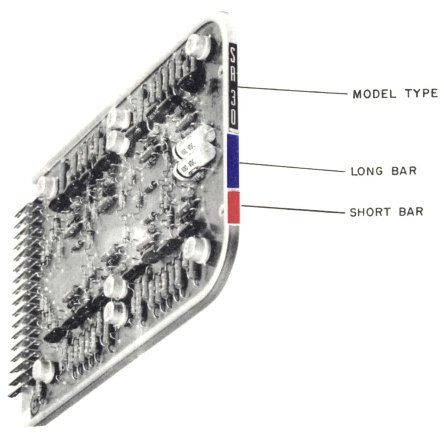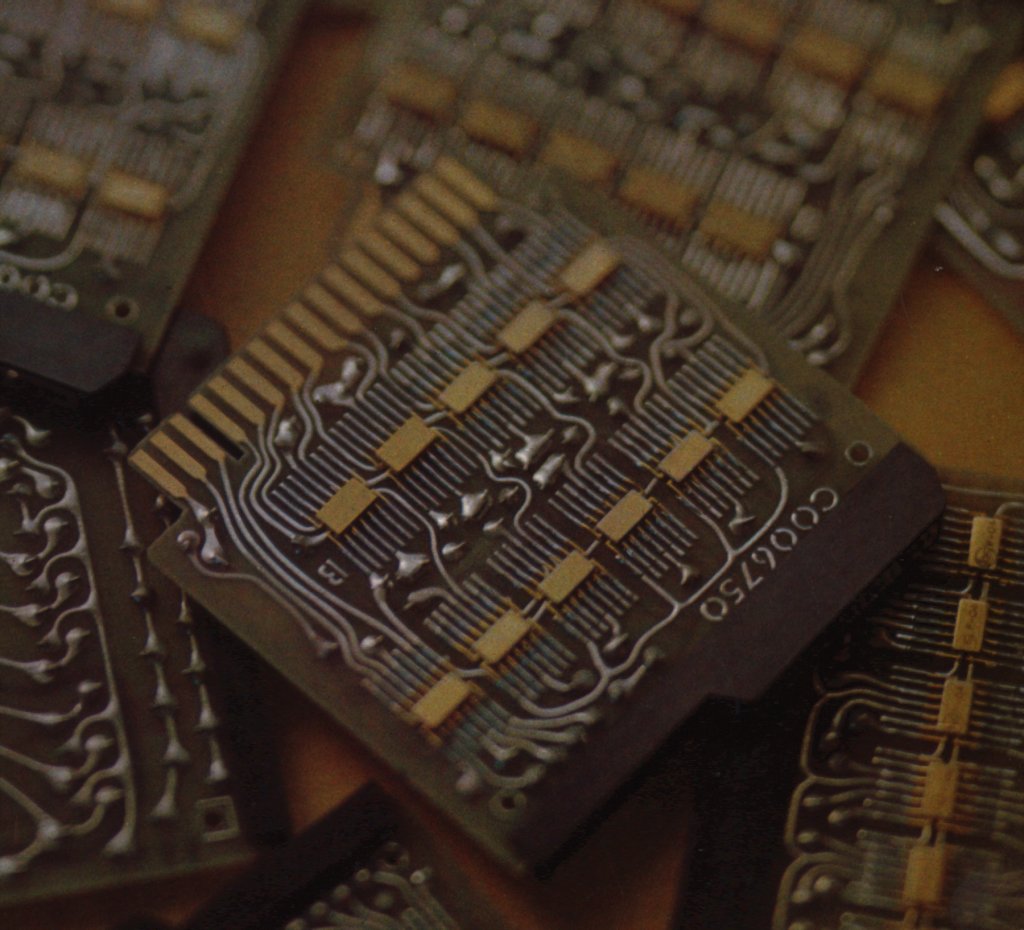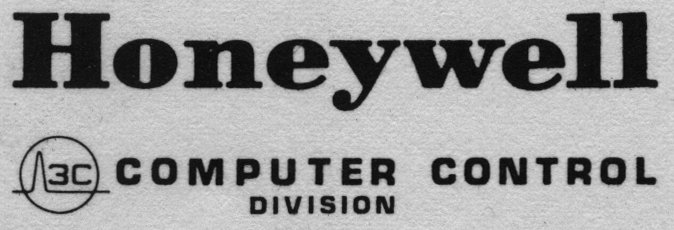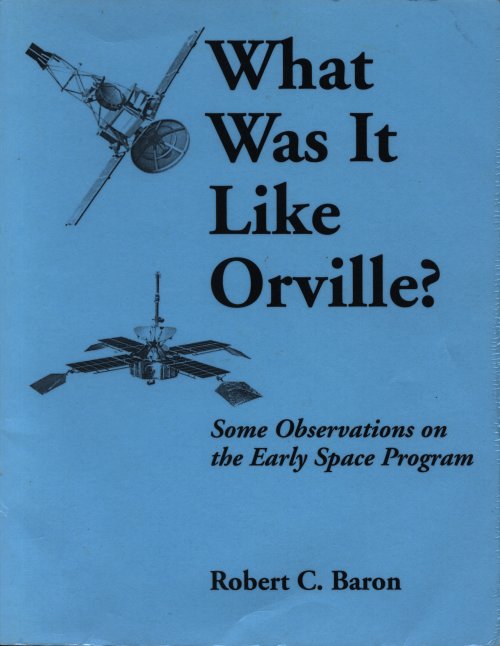Computer Control Corporation was a Massachusetts based technology company formed in 1953 by a group of ex-Raytheon engineers. Computer Control Company (3C) was involved in a range of government contracts associated with military and space exploration projects as well as working on process control for commercial ventures. In 1959 Ben Kessel became president of the company and moved 3C to Framingham, Massachusetts.

3C developed, over a number of years, several ranges of modules that could be used to implement digital logic. The first of these was V-Pac based on Vacuum tubes (or valves). This was followed by a transistor based set of modules known as T-Pac which was then replaced in 1960 by a second generation of transistor based modules, featuring lower power operation, called S-Pac.

3C went on to develop some of the earliest integrated circuits and a range of modules using integrated circuits called µ-Pac.
3C was particularly involved in building electronics for some of the early space missions including the Mariner probes.
3C digital computers
3C began building programmable digital machines in 1963 when the DDP-116, the worlds first 16-bit minicomputer, was designed. At around the same time a 24-bit range of machines was also introduced with the DDP-24 and DDP-224. The 16-bit and 24-bit machines quite clearly exhibit a family resemblance to one another, especially in the design of the instruction set. Both were able to address 215 words. The 24-bit machines providing a simple 15-bit field in the instruction for this purpose. The 16-bit machines in contrast using a 9-bit field and a tenth bit to denote whether the 9-bit address is in the base sector, or in the current sector - that is the sector in which the instruction is located. The 24-bit machines therefore used five additional bits for addressing. One of the other additional bits was used as an additional indexing indicator allowing up to three index registers to be used (the 16-bit machines supporting only a single index register) and the remaining two additional bits were used to extend the operation code from four bits (on the 16-bit machines) to six bits.
The 24-bit machines were widely used in flight simulators for planes and space vehicles.
The 16-bit machines, in contrast, found application in process control applications. (Although I'm told that my own DDP-516 was taken from a flight simulator, so the boundaries between their application domains weren't set in concrete.) These were some of the first ever uses of computer control in industrial control applications, and they were used in paper, steel and chemical plants.
The 16-bit range was developed in 1966 by the instruction-set-compatible DDP-516 machine that used the µ-Pac modules instead of the DDP-116's S-Pac modules.

Honeywell's ownership
At around this time 3C had similar revenues to another Massachusetts based minicomputer maker - Digital Equipment Corporation (DEC). However, in 1966 3C was sold to Honeywell, where it became the "Computer Control Division".

Under Honeywell's ownership the DDP-416, H316, and H716 machines were introduced. The Computer Control Division remained as a separate division until 1970 when it reported revenues of $100 million. Around this time Honeywell purchased General Electric's computer business and the decision was taken to concentrate on large scale time-sharing machines. It is probably fair to observe that this may well have been a sound decision since, with the benefit of hind-sight, we now know that microprocessors were about to displace minicomputers in embedded control applications. Perhaps more questionable was the earlier decision to close 3C's semiconductor laboratory.
More information on 3C
Most of the information above is from a small book by Robert C. Baron. Robert joined 3C in 1960 as one of four engineers taken on to work on the S-Pac modules. He left Honeywell in 1971 and went on to found, and be president of, Prime computers. He now heads up Fulcrum Publishing.

"What was it like Orville?" focuses on 3C's involvement in the early space missions, but also looks at the company and the digital computers that 3C built. I believe it is currently out of print, but you can check with this link to Fulcrum Book's site.